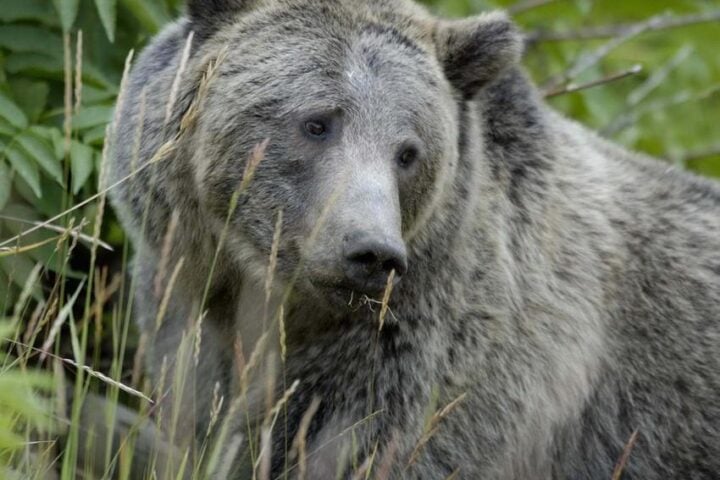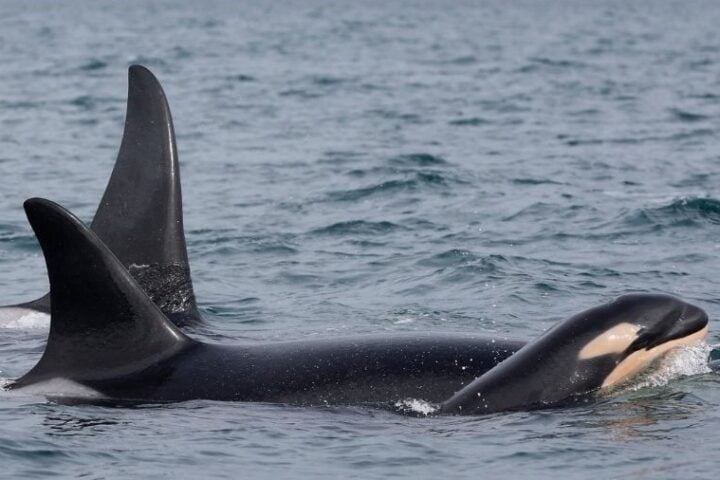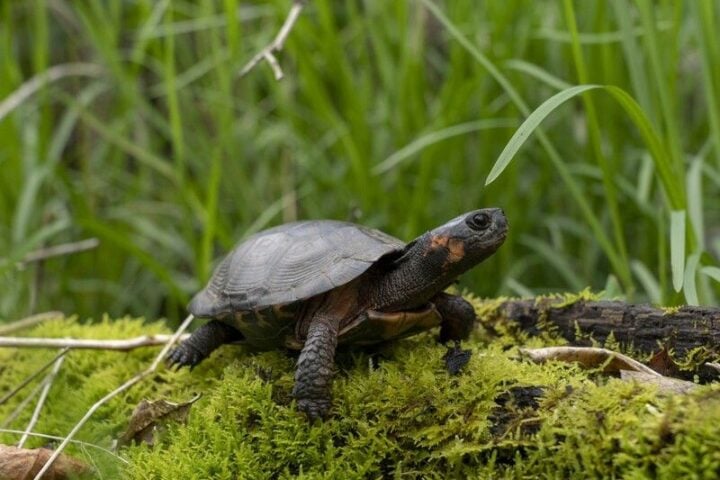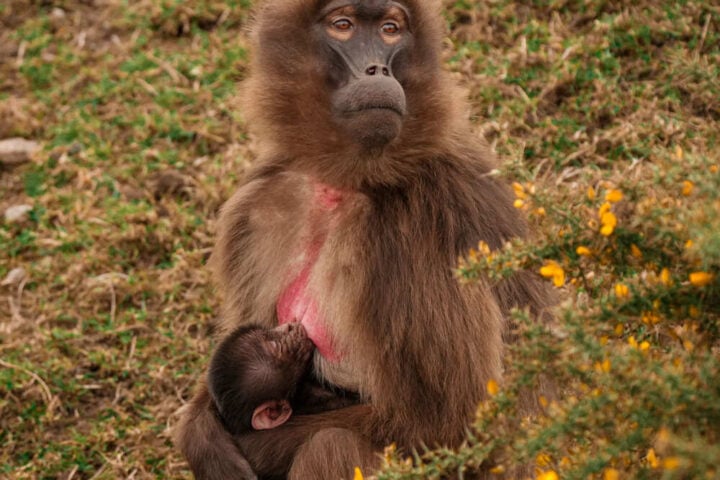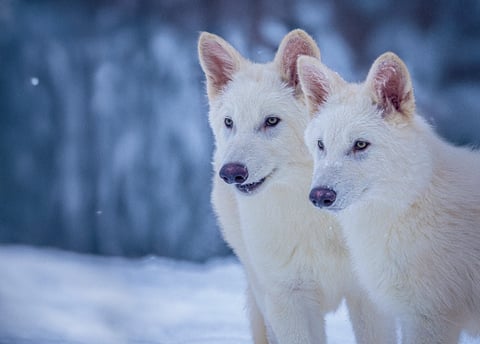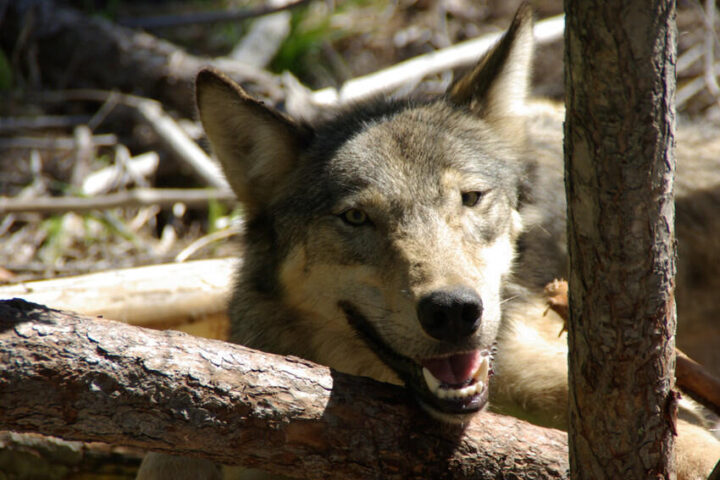Two tiny penguin chicks have just joined the fight for their species’ survival at Banham Zoo in Norfolk. The new arrivals, named Pudding and Humbug, hatched on December 20 and December 25, 2024, bringing fresh hope for these increasingly rare birds.
“It’s wonderful to have two penguin chicks here at the zoo,” says Deborah Harris, the zoo’s animal manager. She explains why these births matter: “The African penguin is critically endangered in the wild. Each successful birth helps ensure these penguins don’t disappear forever.”
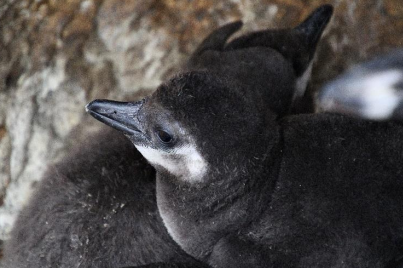
The numbers tell a worrying story. Only 10,000 breeding pairs of these penguins remain in the wild, down from 141,000 pairs in the 1950s. That’s like losing 97 out of every 100 penguins that once lived along the African coast.
Similar Posts
The main threats these penguins face are things we see in our own lives. When fishing boats catch too many sardines and anchovies, the penguins lose their food. Changes in ocean temperature from climate change make it harder for them to find meals. Human activities near beaches destroy their nesting spots.
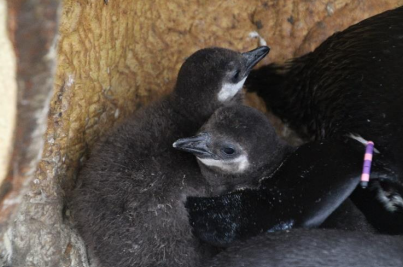
Parents Bob and Zulika are now caring for the chicks at the zoo, just as wild penguins would do on the beaches of South Africa and Namibia. Zoo staff are closely monitoring their progress.

While the zoo’s penguin walkthrough is currently closed due to welfare protocol, visitors can still watch through viewing windows. A live camera feed will be put in place inside the habitat for the February half-term.
These births do more than just add to the zoo’s colony of 17 penguins. Each chick helps keep their species going, as the zoo tries to help ensure the survival of their wild counterparts with the captive population. Their survival at Banham Zoo shows that there’s still hope for these endangered birds, even as they face growing challenges in their natural home.
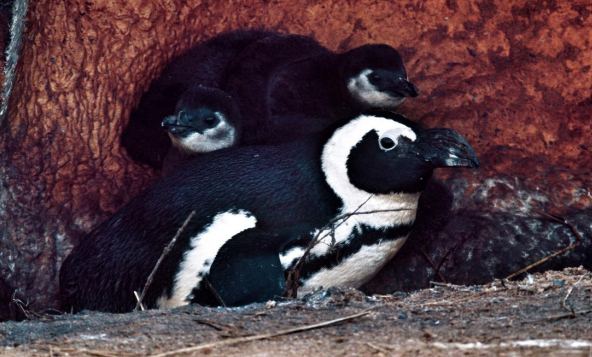


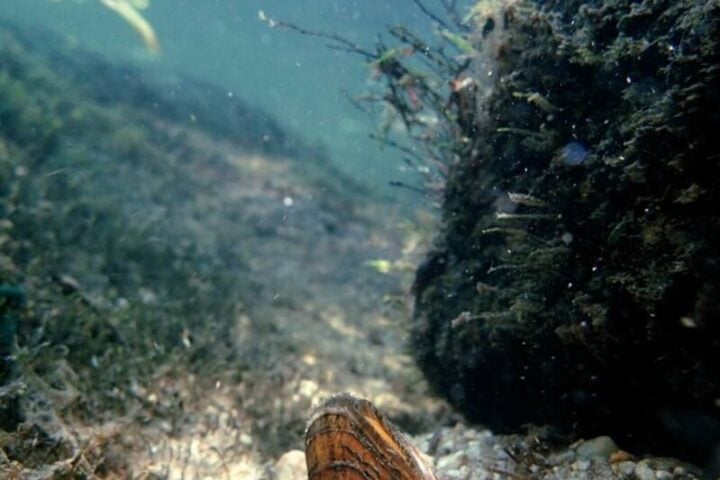
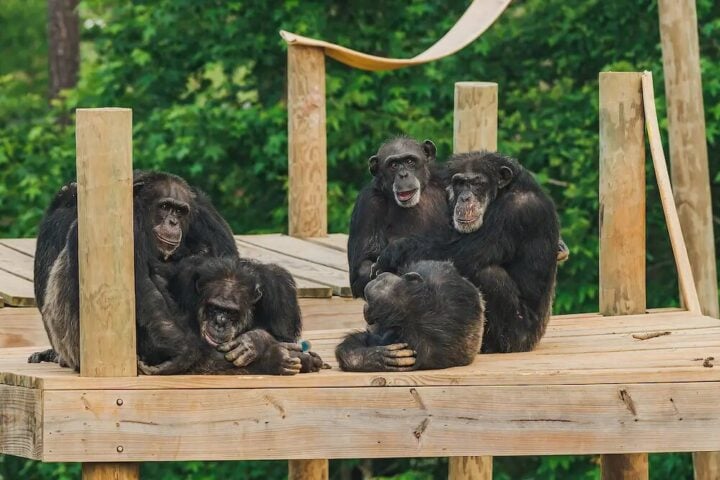

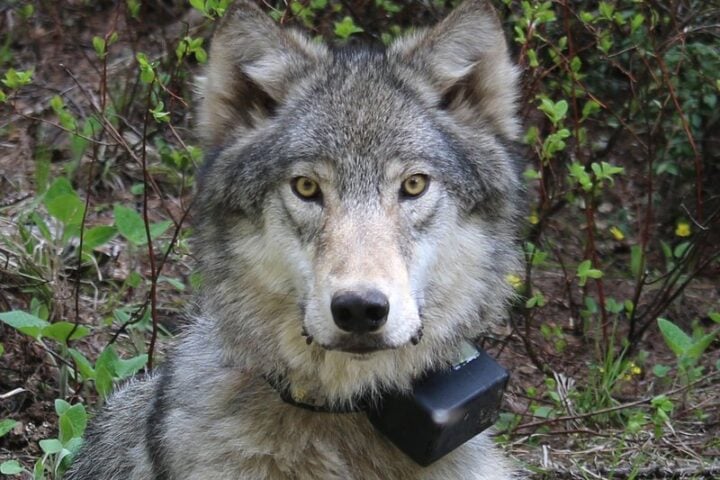

![Representative Image: European Starling [49/366]. Photo Source: Tim Sackton (CC BY-SA 2.0)](https://www.karmactive.com/wp-content/uploads/2025/04/Starlings-Drop-82-in-UK-Gardens-as-Birdwatch-2025-Reveals-Record-Low-Count-Since-1979-720x480.jpg)
